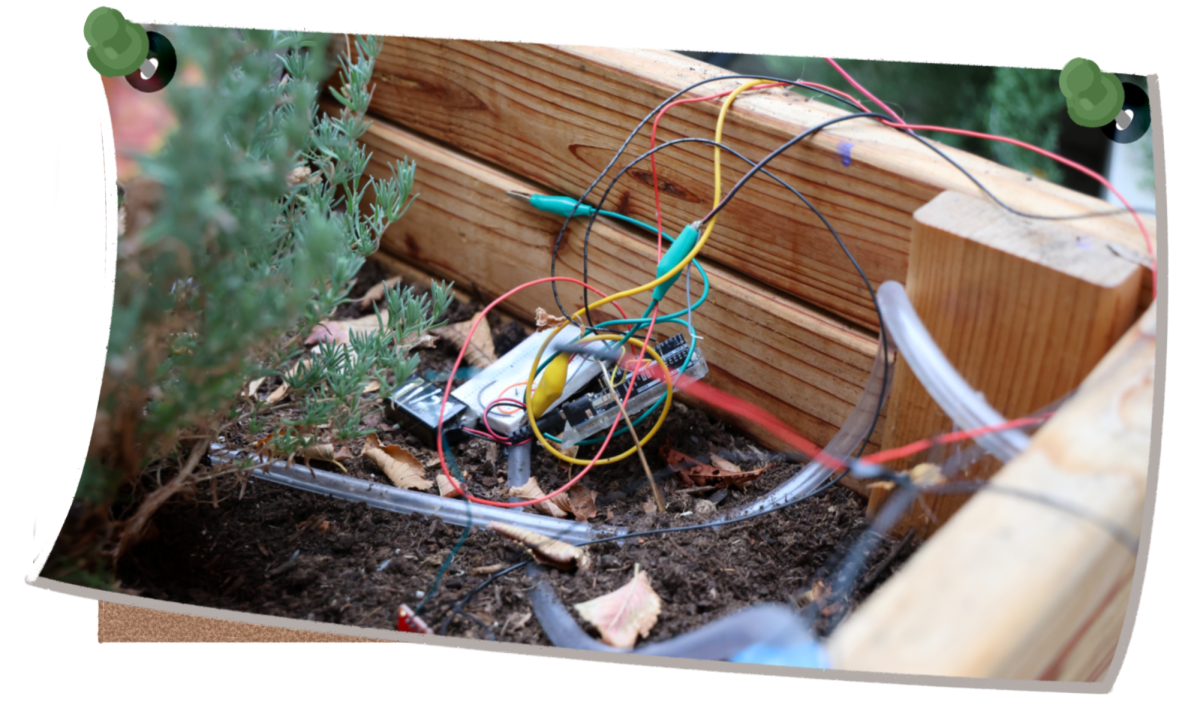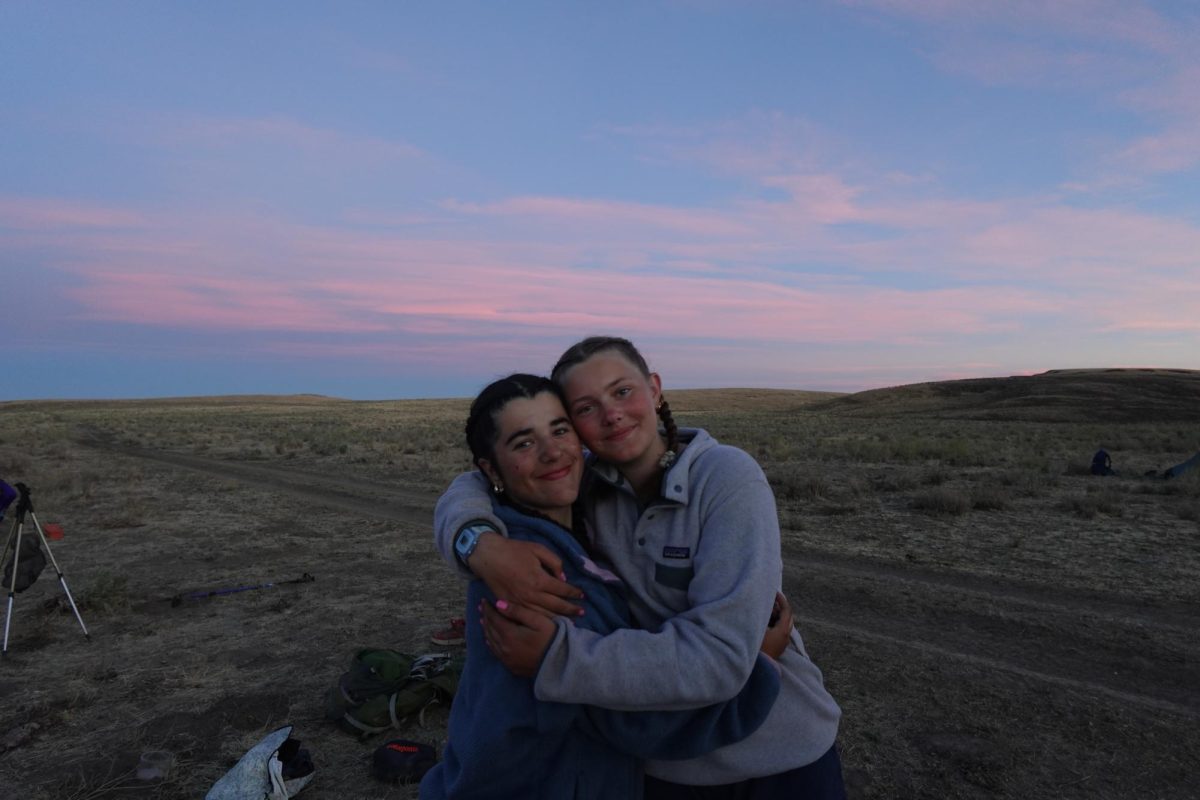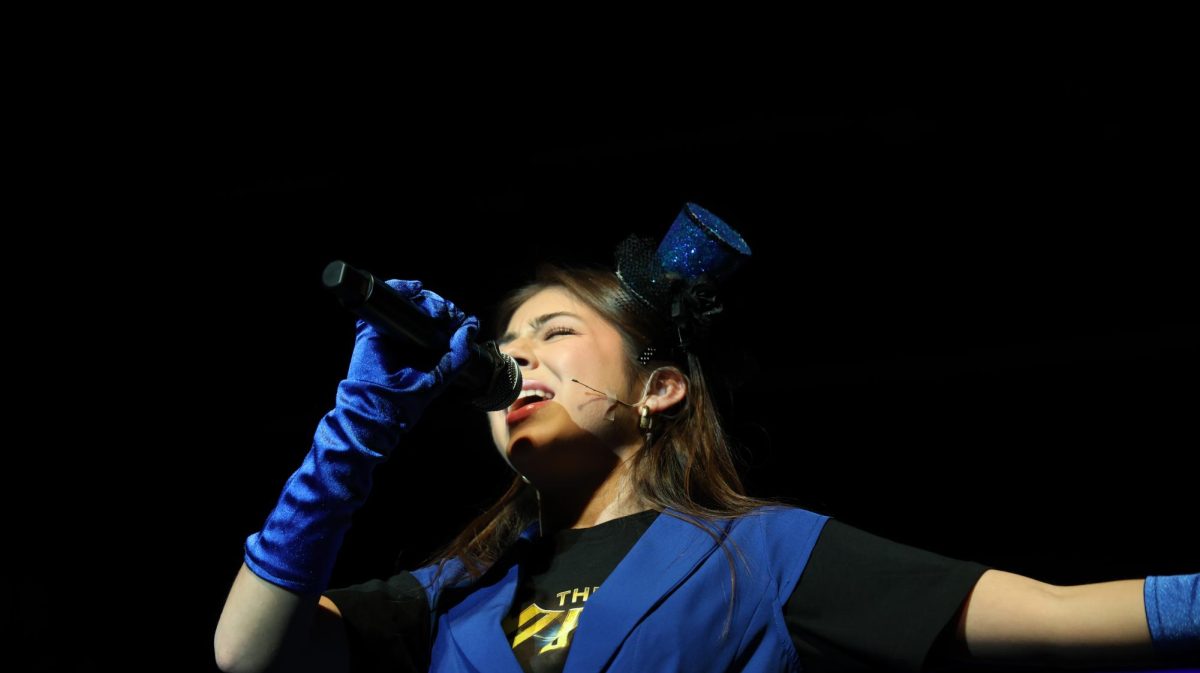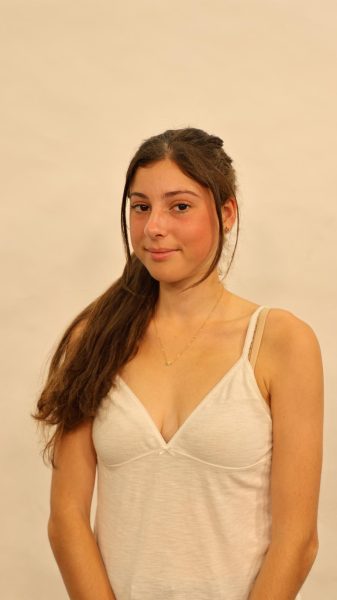Student projects line the walls of the Whitaker Lab, with creations ranging from a motorized laser-cut Ferris wheel to an electronic version of the game Battleship hanging on the wall. Through its hands-on approach, Whitaker empowers students to experiment, innovate and create — and in the 12 years since the lab’s opening, students have tried their hands at some technically difficult, problem-solving and just plain funny projects.
Because Applied Science and Research (ASR) is the longest-running class in Whitaker, it boasts the most projects. In the advanced Whitaker class, students build an electric motor from scratch during the first quarter. Students then launch a weather balloon during the second quarter and work on independent projects of their choice during the second semester. ASR teacher James Dann even created an “ASR Hall of Fame” to showcase students’ success in the electric motor project.
The hall of fame consists of five project categories: RPM, starting torque (the rotational force available when the motor begins moving) running torque (the rotational force applied to an object in motion) and efficiency. Dann has a leaderboard for the electric motor project in ASR where he ranks students’ motors in each category. “I always say it’s not about the grade in ASR, it’s about the hall of fame,” he said.
This year, seniors Gabriel Gil and Aaron Lowe are currently leading in the starting torque and running torque categories and are in third place in the efficiency category. They are tied for having the most entries ever in the hall of fame in a single project and have set a new record in the torque category.
Seniors Lily Nye and Henry Leavenworth also set a new record, this time in the RPM category. For Leavenworth, the hall of fame adds a touch of friendly competitiveness to the class. “It’s just like in sports when there’s a baseball hall of fame,” he said. “I thought it was a great motivator and a great sense of accomplishment.”
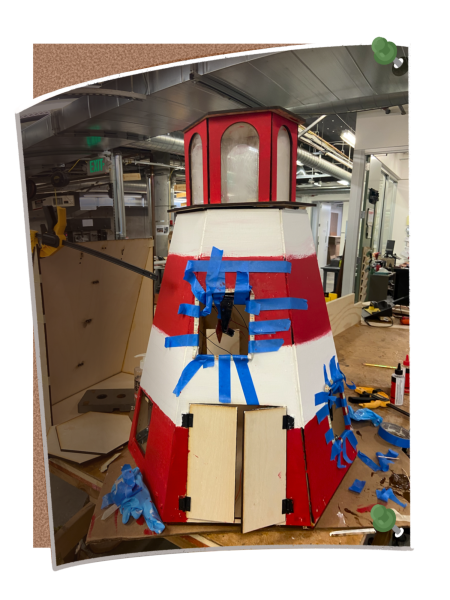
ASR students have the entire second semester to work on a project of their own design. “ASR students […] generally do awesome things with all of that time,” science teacher James Formato said.
The most impressive student project created in ASR, according to Dann, is a model of a tiltrotor aircraft — an airplane whose vertical take-off resembles that of a helicopter but then rotates its wings and accelerates through the air like a traditional airplane. “I just couldn’t believe it,” Dann said. “It worked so perfectly to go straight up and then fly around and then land perfectly.” The creator, alum John McNelly (‘15) and John Barrett (‘15), named the plane Wall-E.
Another notable ASR project is alum Jackson Wagner’s (‘15) sailboat — exceptional because it has no sail and is instead powered by a propeller spun by the wind. Wagner’s project, though created for ASR, was also related to sustainability and reducing fossil fuel use. His boat was mainly powered by wind, excluding the small electric motor needed to spin the cylinder. “Jackson did that project like 10 years ago, and I just read in the paper that they’re starting to add these rotating cylinders to shipping boats to reduce their fossil fuel use,” Dann said. “So that’s pretty cool. I should have told him to patent that idea.”
To Dann, the funniest ASR project created was the Fish Tank, which combined robotics with behavioral science to allow a fish to “steer” its fishbowl to feed itself. Students connected a food dispenser to a lever hanging off the table and built a small electric vehicle as a platform for the bowl. They hoped that the fish in a fishbowl with laser trip wires for the steering would learn to steer their fishbowl and hit the lever, so the food would drop in the tank. “For them, they had a real problem, going on vacation, finding someone to feed their fish,” Dann said. “So their idea was that the fish would feed themselves.”
Unfortunately, the students did not successfully train the fish, and it kept swimming around randomly. “We couldn’t get the goldfish to freaking stop going in circles, but with their fingers, it did work, they could steer it,” Dann said.
According to Formato, senior Marina Xanthopoulos’s Mechanical and Electrical Engineering project is also one of the most comical. She created a three-foot-tall red-and-white striped lighthouse. The windows would light up if you successfully threw fish into them. “I wanted to make a funny and unique game,” Xanthopoulos said. “I thought throwing fish would be funny, and it reminded me of my summers in Maine.”
Another popular course in the Whitaker Lab, Neuroscience, combines the tools of physics and engineering. Students make a model of the nervous system before creating projects of their own at the end of the year. One student made a movable hand that was actuated by the nervous system — 3D printing the hand.
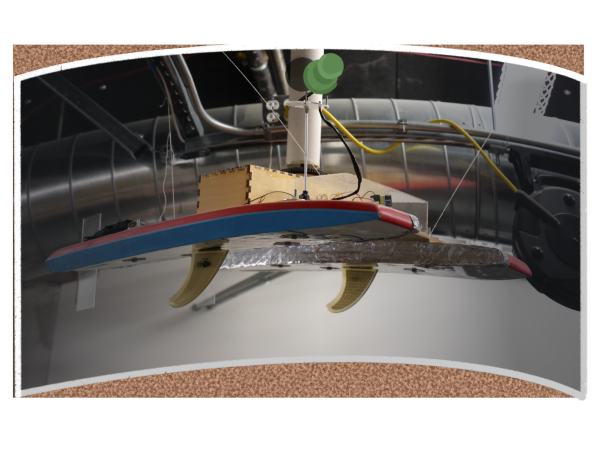
Another student showed the pupil reflex when he altered the strength of a light sensor. “The really cool part was the way they used interleaved paper to create a pupil that could constrict or open up based on light levels,” Formato said. “It reminded me of how a camera lens changes aperture, and it was very carefully engineered.”
In Sustainable Earth Engineering, alum Itzel Salgado (‘24) programmed a microcontroller with a soil sensor. The soil sensor would tell the microcontroller when it was getting dry to trigger a valve in the irrigation system to open and let water flow. “She rigged it up with a solar cell so it could be outside and powered by the sun,” Dann said. “But whenever the soil got dry, it would release water, and so plants only drank when they were thirsty, so you’re not wasting water.”
Salgado also made a replica of the Mycenaean dagger for Experimental Archaeology. “I’ve been really excited to see the archaeology projects over the past few years come to fruition,” Formato said. “Students are learning excellent craftsmanship and firsthand about the history of technology.”


